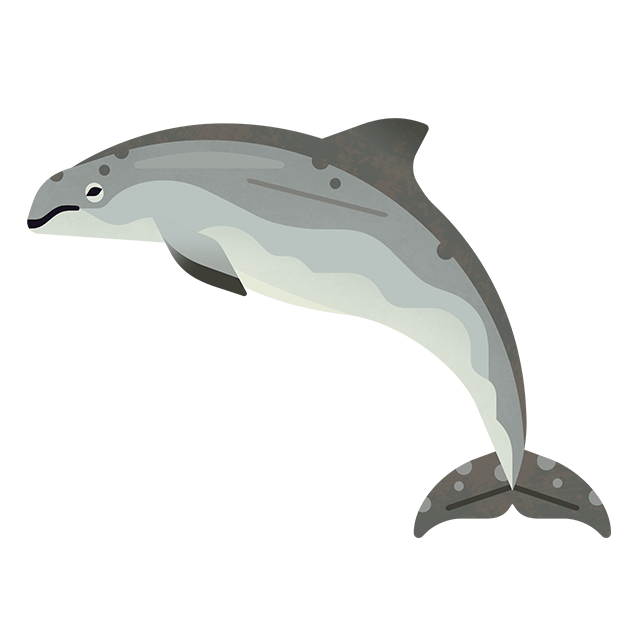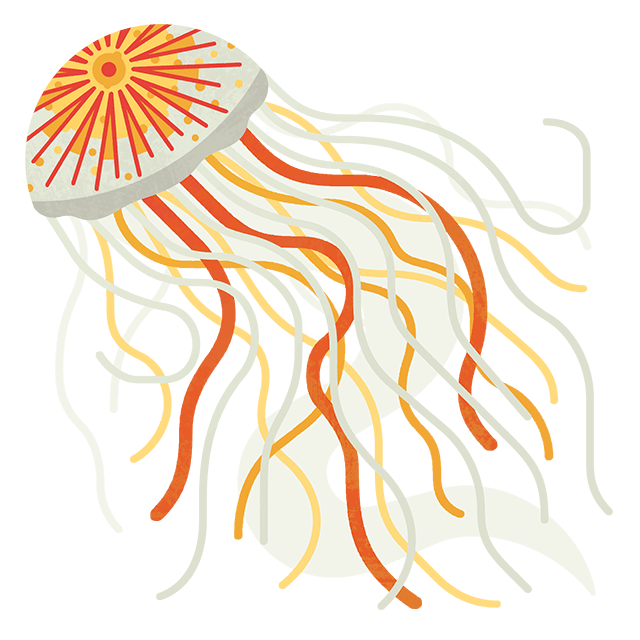
5 endangered marine animals that need protecting in the UK
5 minute read
The UK's seas host a huge variety of marine animals but, due to many human induced pressures like overfishing, habitat destruction and ocean plastic pollution, there are several species under threat.
Many UK marine animals are featured on the International Union for Conservation of Nature (IUCN) red list; the world’s most comprehensive information source on the global conservation status of animal, fungi, and plant species. Below are a few of the most threatened marine species that are found in the UK and how we, as an environmental charity, are trying to protect them.
1. Flapper skate – Critically endangered

Credit: Dan Bolt
Once abundant in UK seas, this 'manta ray of the north' has become very rare in UK and European waters. Decades of commercial fishing have damaged miles of delicate seabed habitats that they relied on. Additionally, the flapper skate has a very low resilience to commercial fishing pressure - its large body size means that it can be caught in fishing nets even from birth.
Fortunately, landing flapper skate has been prohibited in EU waters since 2009, whereby all skate caught must be returned to the sea unharmed where possible. Despite this, the species is still labelled as critically endangered.
What we're doing to protect the flapper skate:
2. European sturgeon – Critically endangered

Credit: Egor Kamelev
The European sturgeon's critically endangered status has been compared to the black rhino. However, unlike the black rhino, this fish is continuing to decline in population, with only 20-750 wild mature adults thought to be alive. The sturgeon is occasionally found in British seas, although most experts believe our fish to be drifters from other larger European rivers.
Most importantly, European sturgeon currently only breed in one location: the Garonne River in France. It's thought that dam construction, pollution and river regulation have all led to loss and degradation of other spawning sites. Bycatch is the biggest threat to this species and the extraction of gravel in the Garonne is also seen as a major threat to the population.
What we're doing to protect the European sturgeon:
3. Angel shark – Critically endangered

Credit: Scuba Diverse via Shutterstock
Originally ranging from Scandinavia to North West Africa, the angel shark, or Ssquatina squatina, is now extinct within the North Sea entirely, and extremely uncommon elsewhere. This is largely due to how angel shark are inadvertently caught, primarily by trawl fishing, as they lie buried on the sea bed during daylight hours. Additionally, habitat destruction due to coastal developments, the increase of water sports, pollution and dredging are also threatening the continuation of this species.
Angel shark are, however, protected within three Balearic Islands marine reserves, where fishing for this species is prohibited. They're also listed under the UK Wildlife and Countryside Act, which allows protection against killing, injuring, or taking on land up to 3 nautical miles from the UK coast.
What we're doing to protect the angel shark:
4. European eel – Critically endangered

Credit: Paul Naylor
Once one of Europe's most familiar fish, the European eel population has been in decline for decades, and in some places has disappeared altogether. This is largely due to the way they are fished.
Unlike other species, European eels are caught as juveniles and then grown in captivity. This is known as eel ranching. Eel ranching contributes to the depletion of endangered wild stocks and, as their mating practice involves a large migration from fresh water to the ocean’s salt water, does not provide a farmed alternative to reduce pressure on the wild eel population.
What we're doing to protect the European eel:
5. Pink sea fan – Vulnerable

Credit: Paul Naylor
In the past, pink sea fans were collected as souvenirs and today, they suffer damage from trawling and scallop dredging over the flat rocky habitat they thrive in.
Although not critically endangered like others on this list, what makes the pink sea fan so vulnerable is that it recovers from damage very slowly. It's thought to only grow at a rate of 1cm per a year. This means that any damage it sustains may take years to fix. Home to many marine fish who rely on the pink sea fan for protection, this damage has an knock on impact on the entire biodiversity of UK seas.
What we're doing to protect the pink sea fan:
Can you help us get these endangered species off IUCN's red list?
It's evident that the sea creatures that both visit and stay in UK seas are facing bigger-than-ever threats from pollution, overfishing, litter and, ultimately, a lack of overall protection. With your donations, we're able to do more to help protect marine species that call our coasts their home.
We want to make 2024 the year we turn the tide on nature loss by protecting the home of these 24 incredible marine species (and many more!) in the UK. Let's restore ocean health together.








